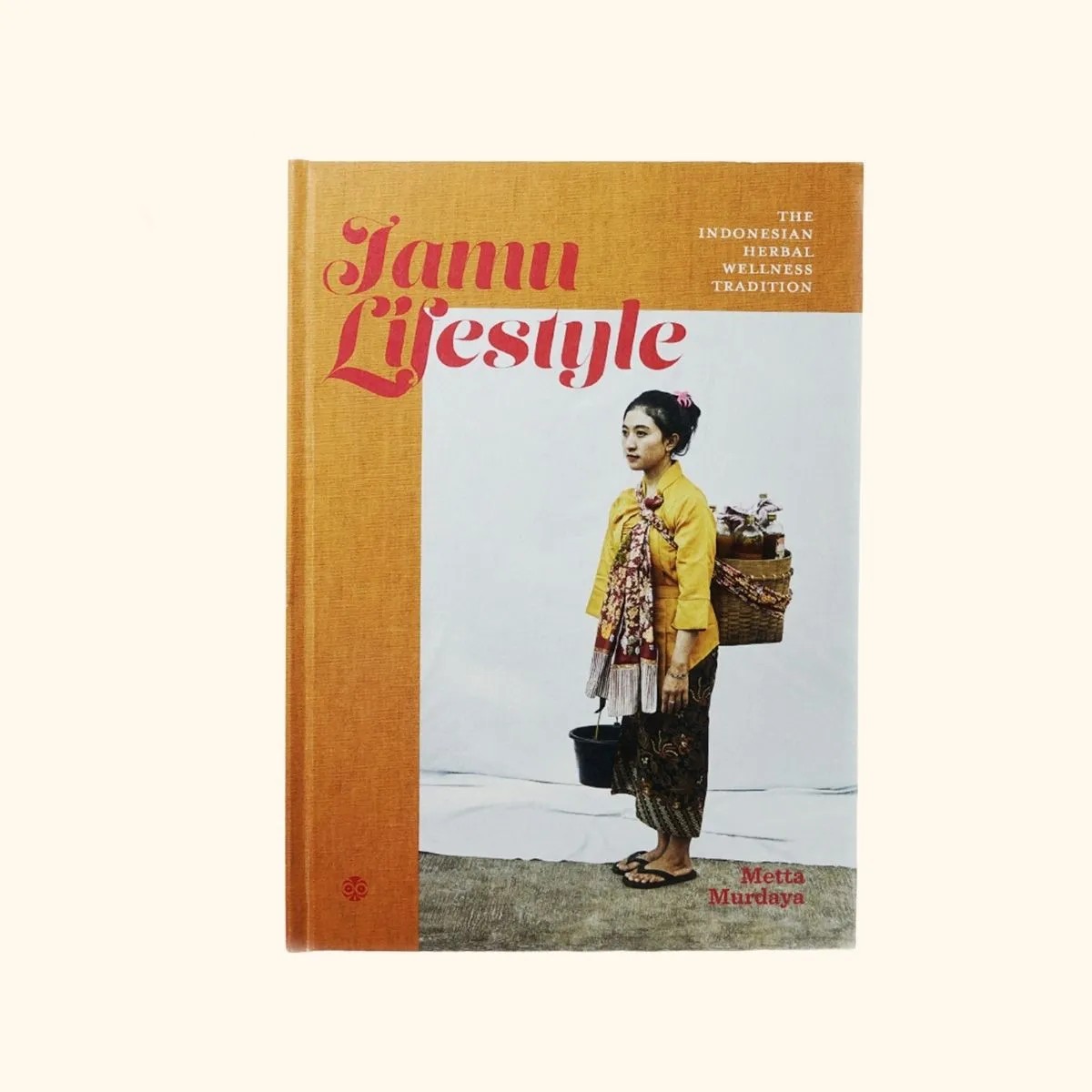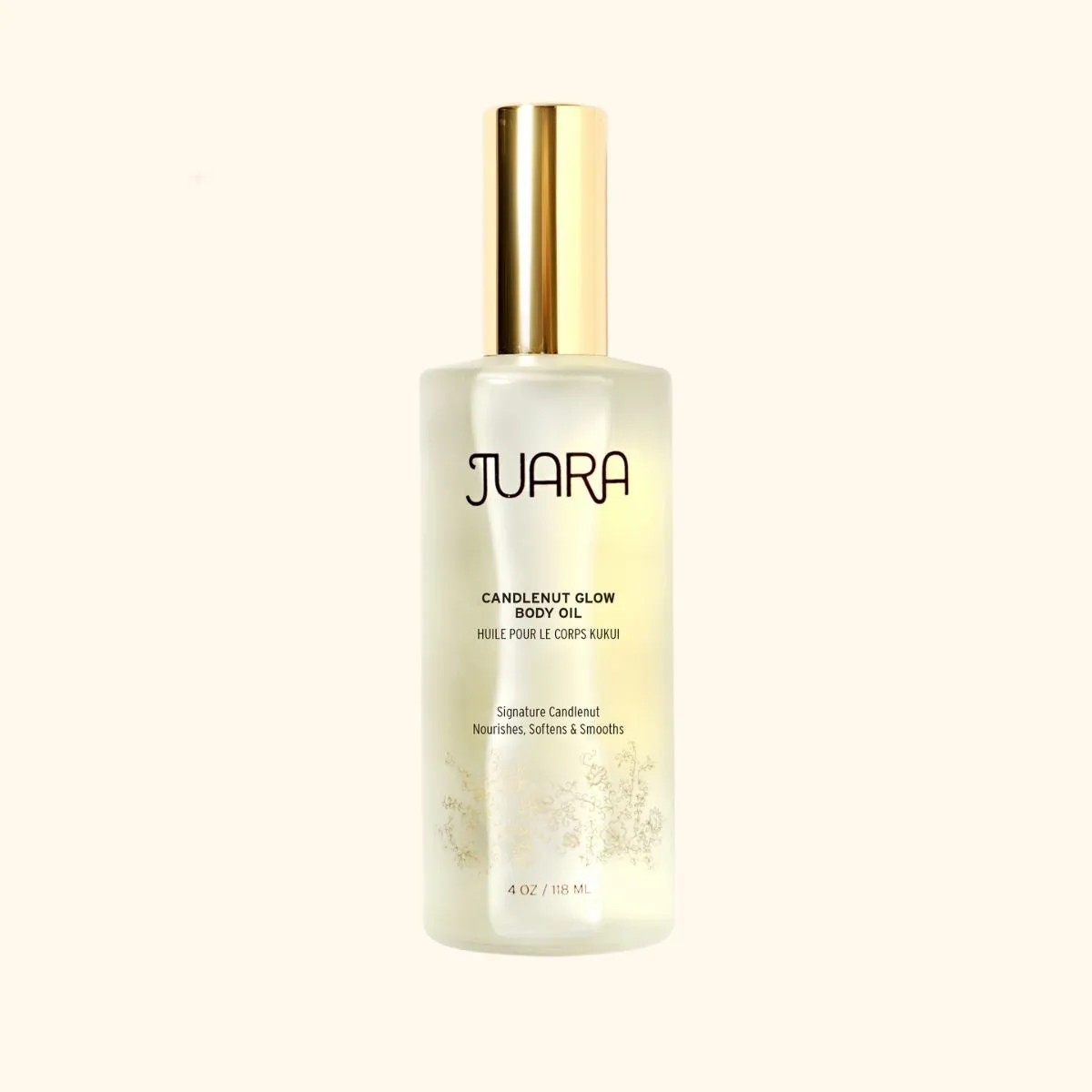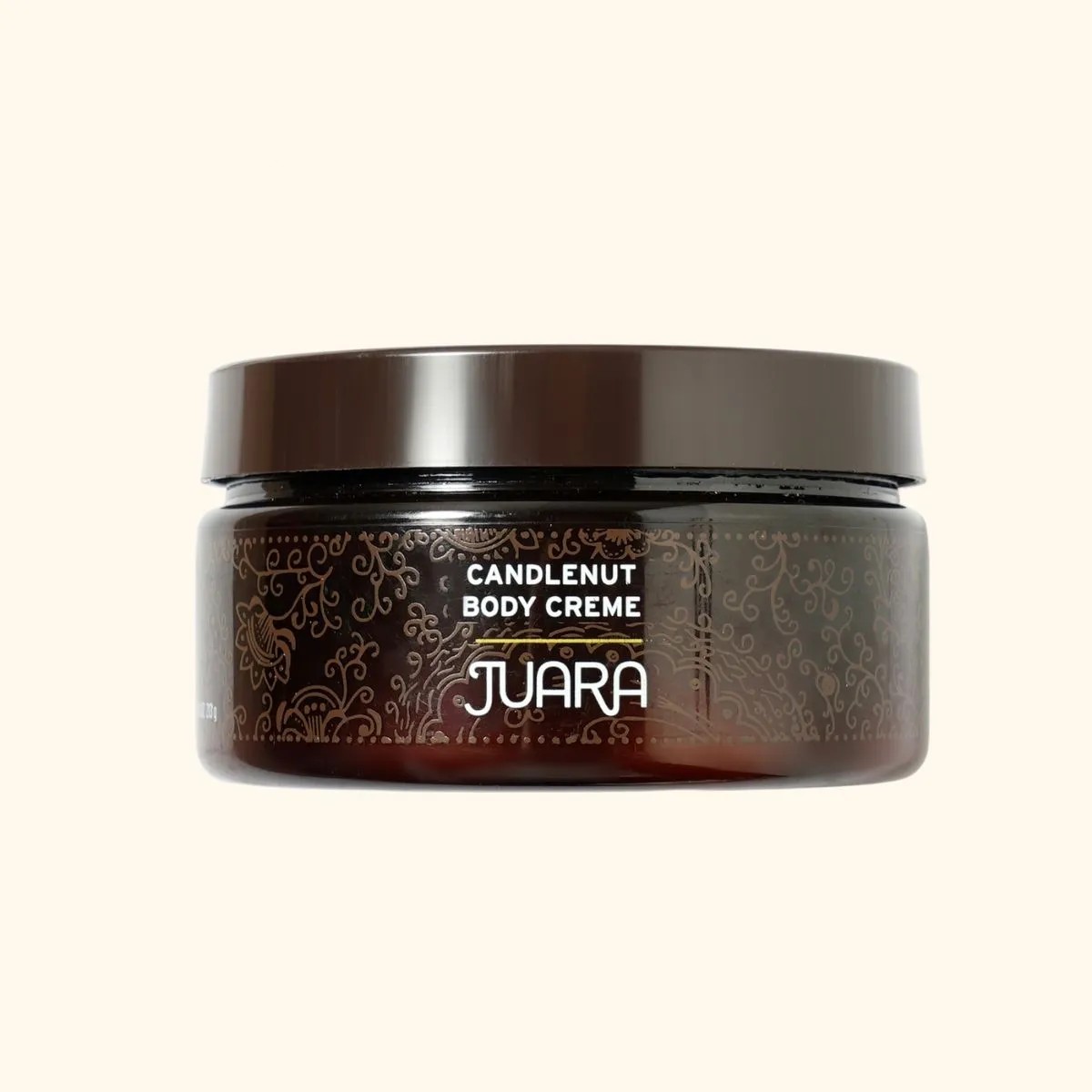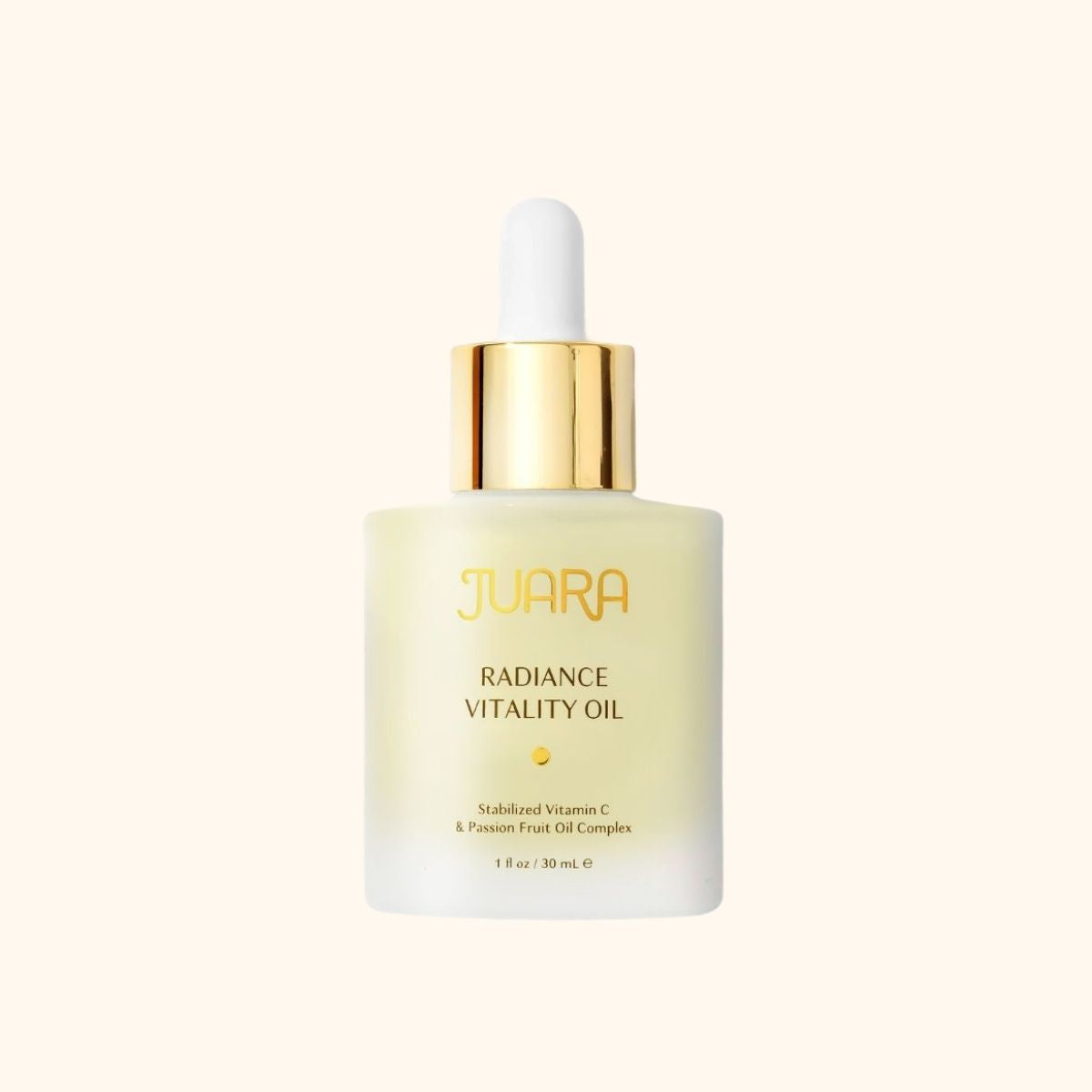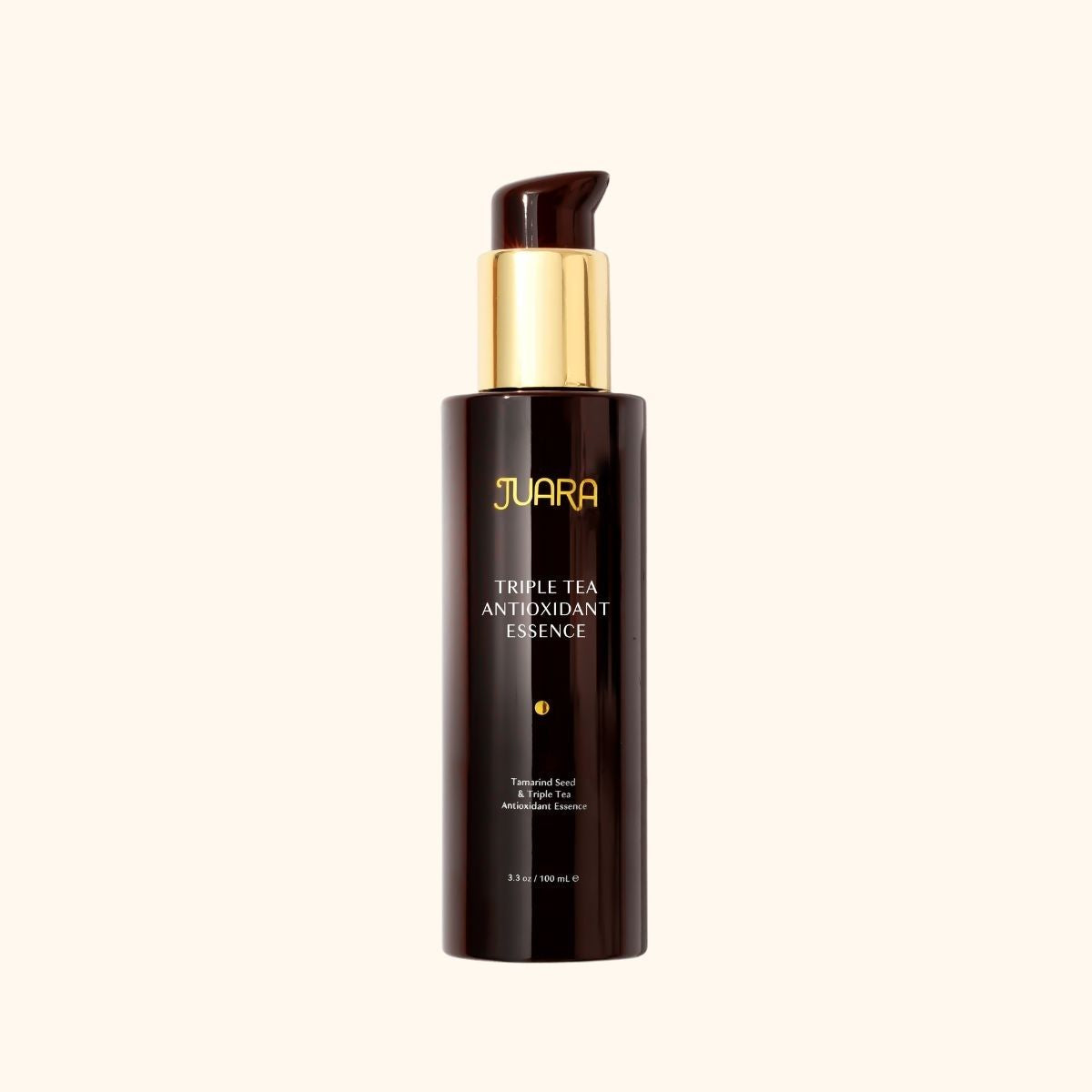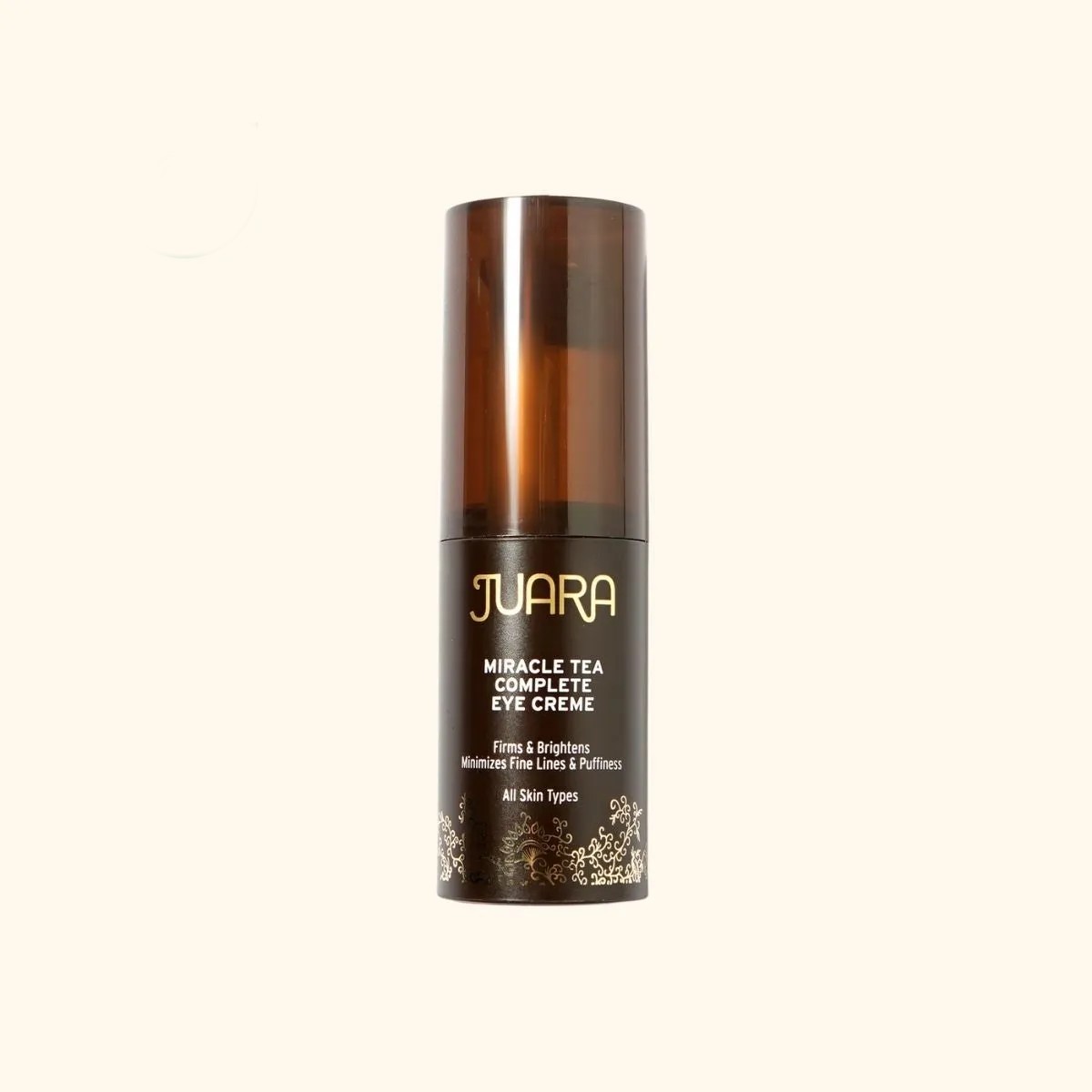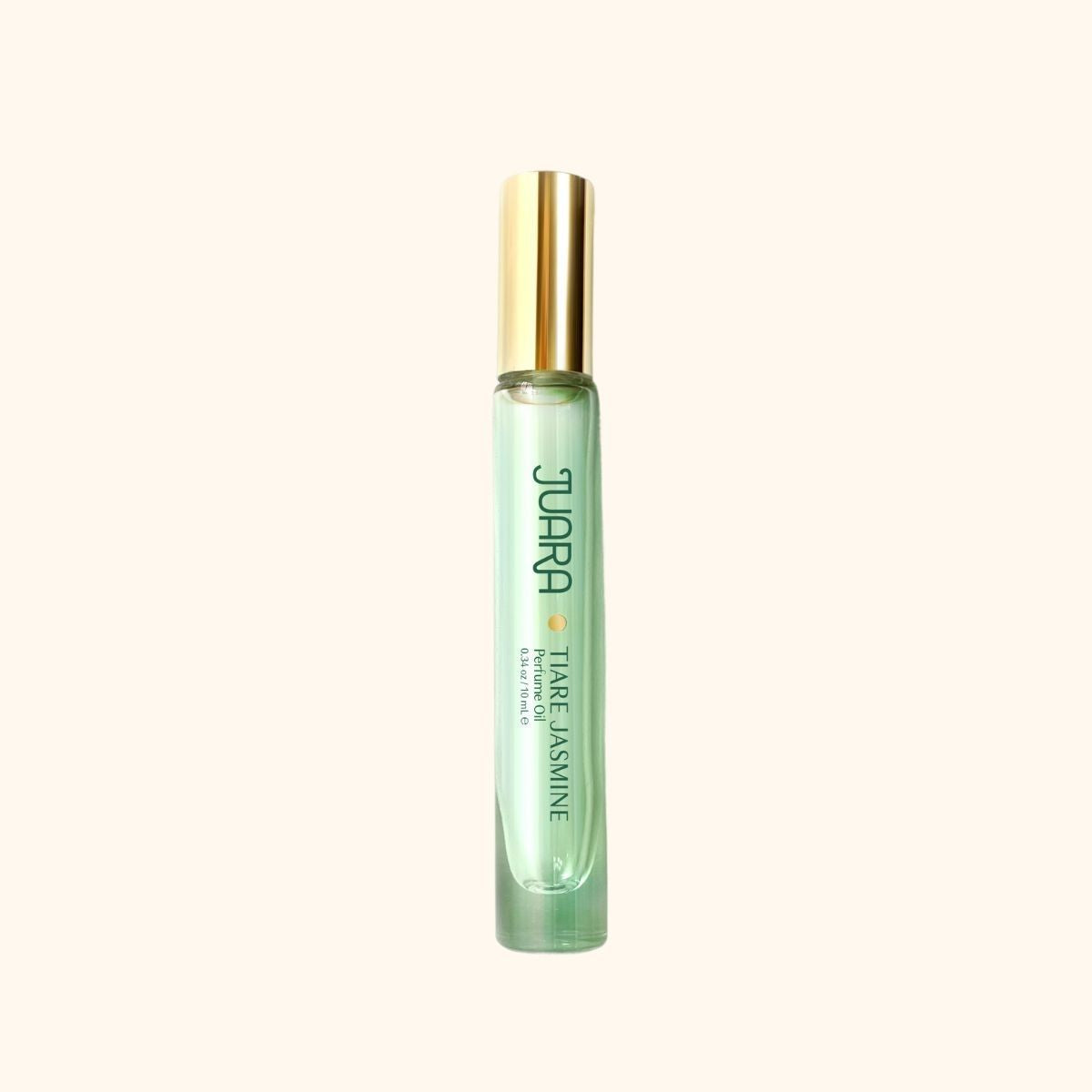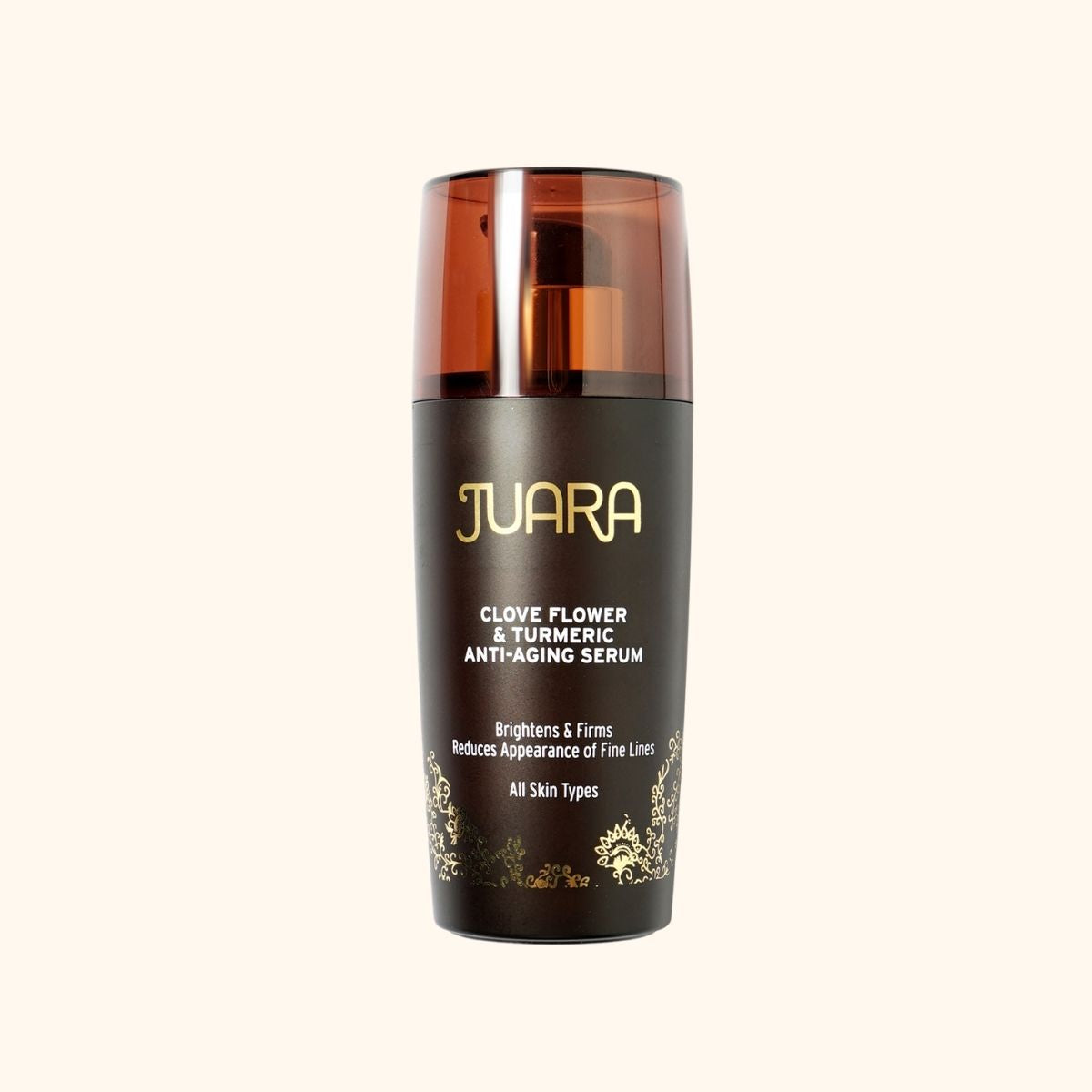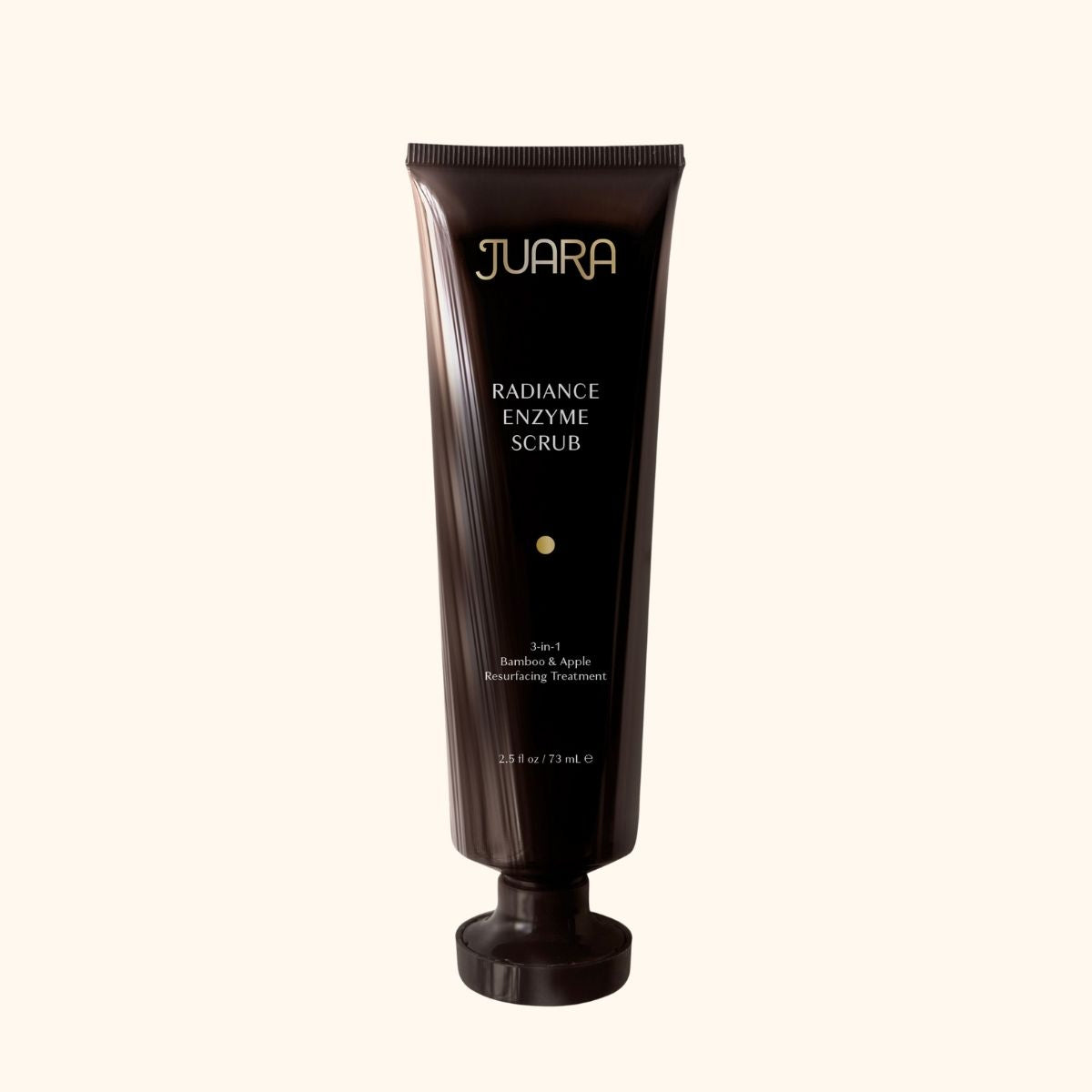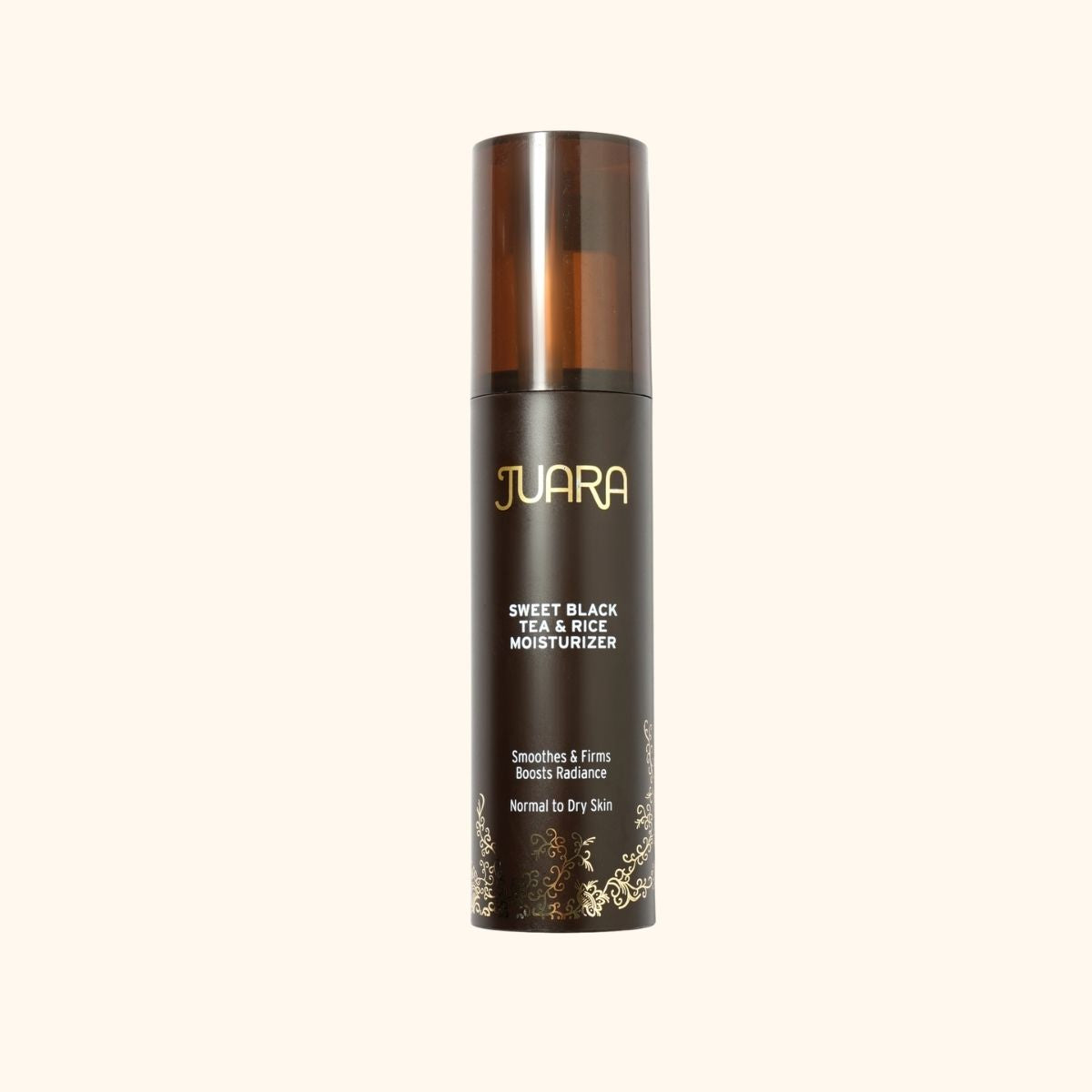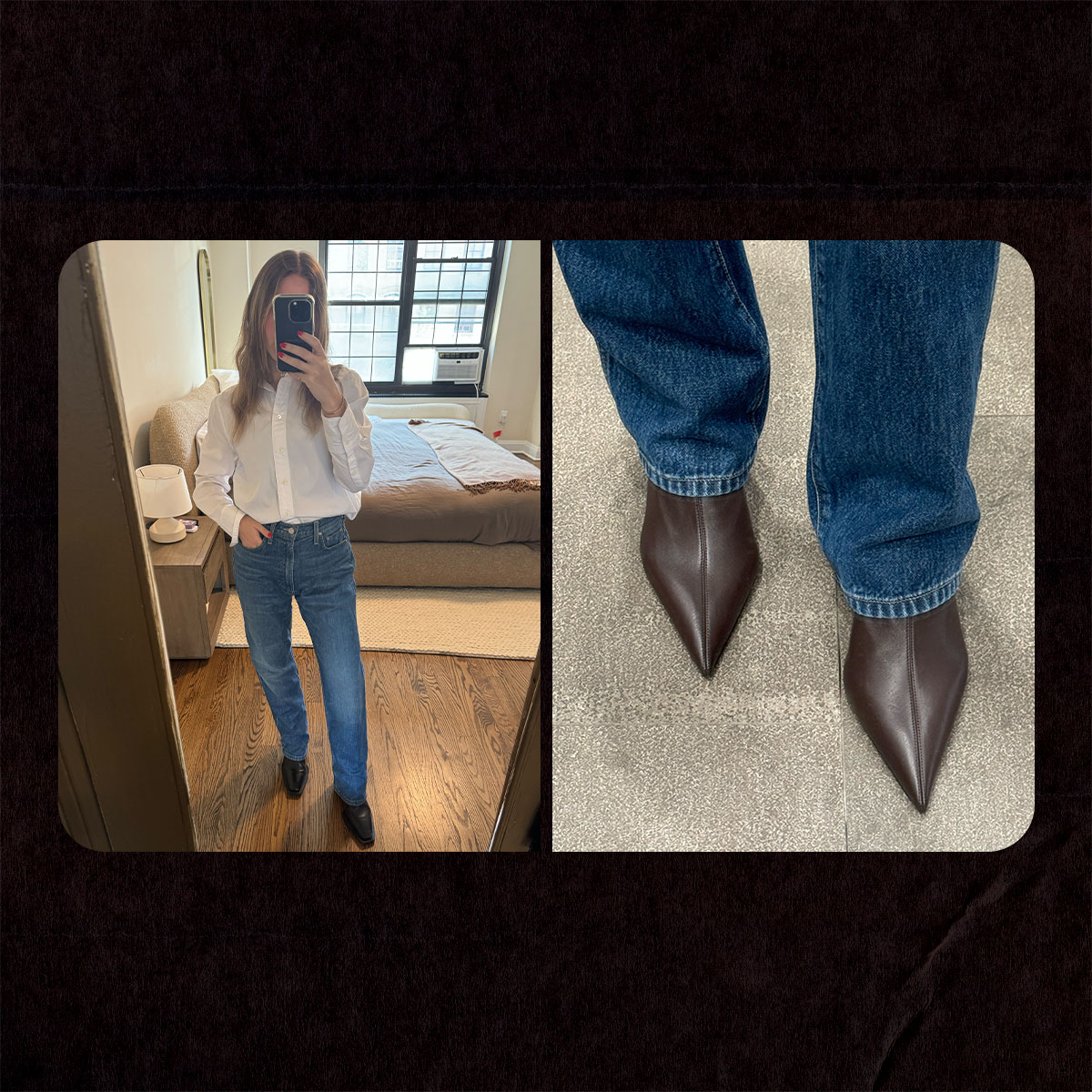In Indonesia, Beauty and Wellness Are Inextricably Linked—Let This Expert Lend Some (Joy-Inducing) Insight
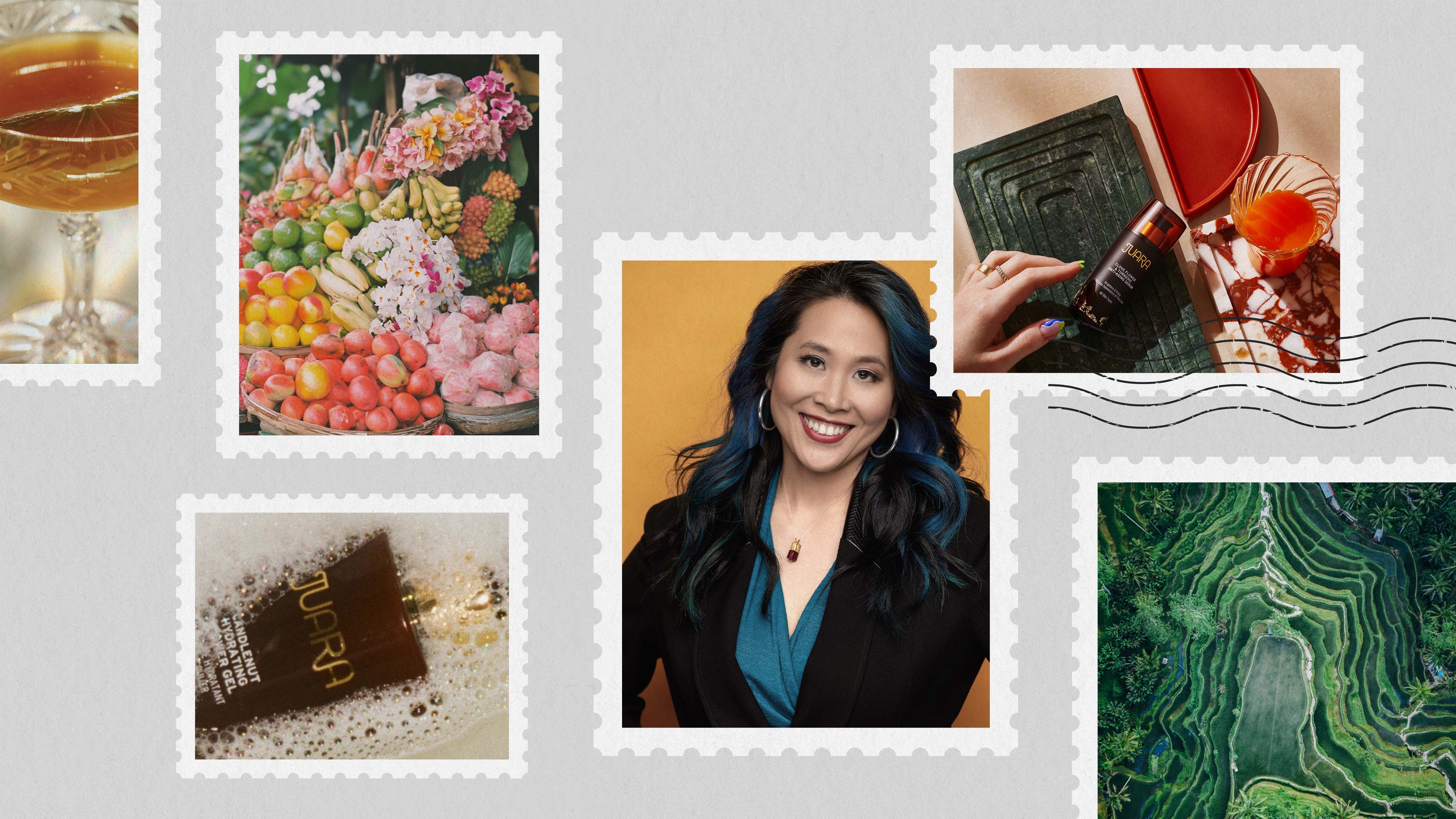
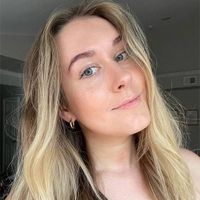
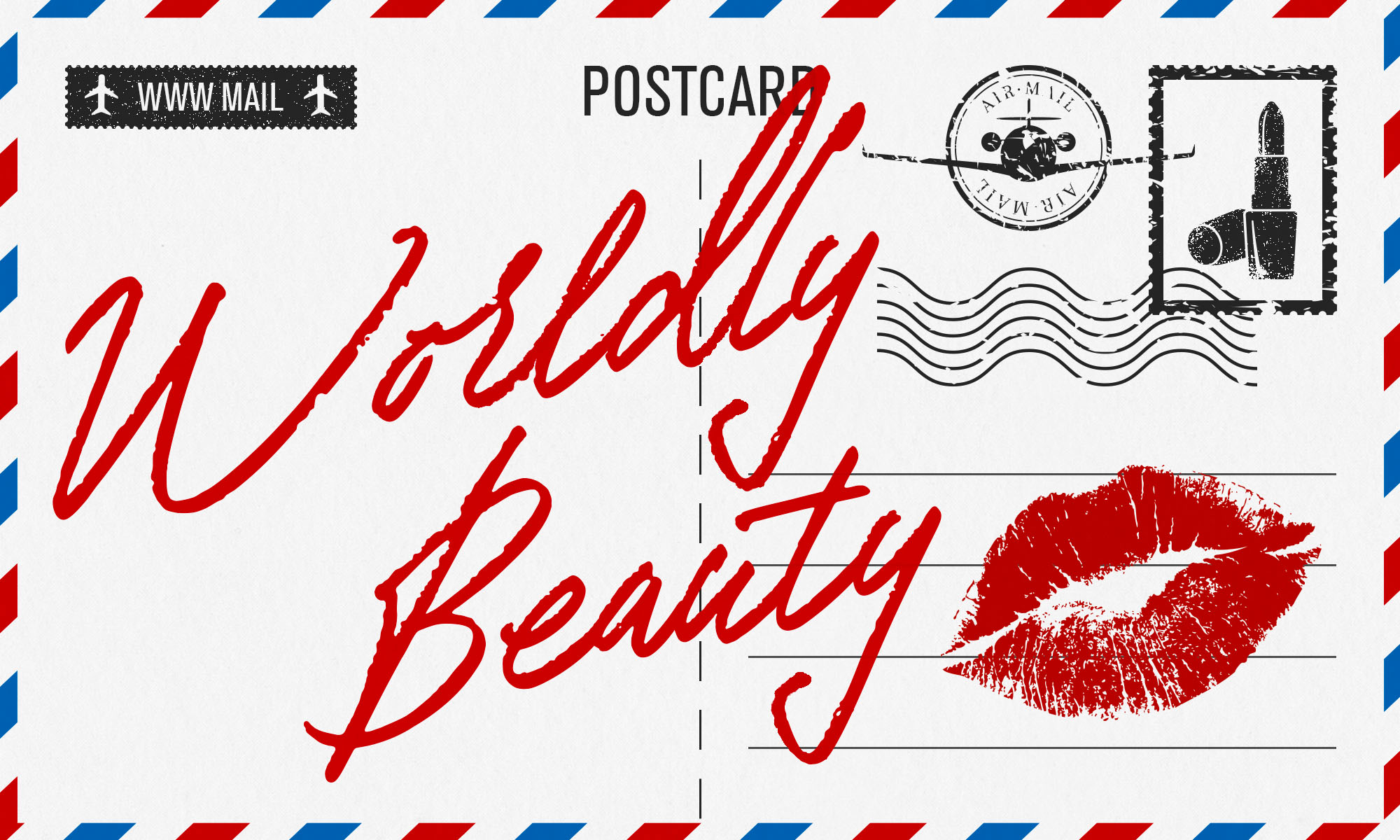
Welcome to Worldly Beauty, a quarterly franchise in which we highlight beauty products, ingredients, and traditions rooted in culture. To offer an in-depth look, we're sharing perspectives and recommendations from local experts and tastemakers. A celebration of diversity, this column goes beyond what we know to shed light on the beauty practices and philosophies that make the world go round.
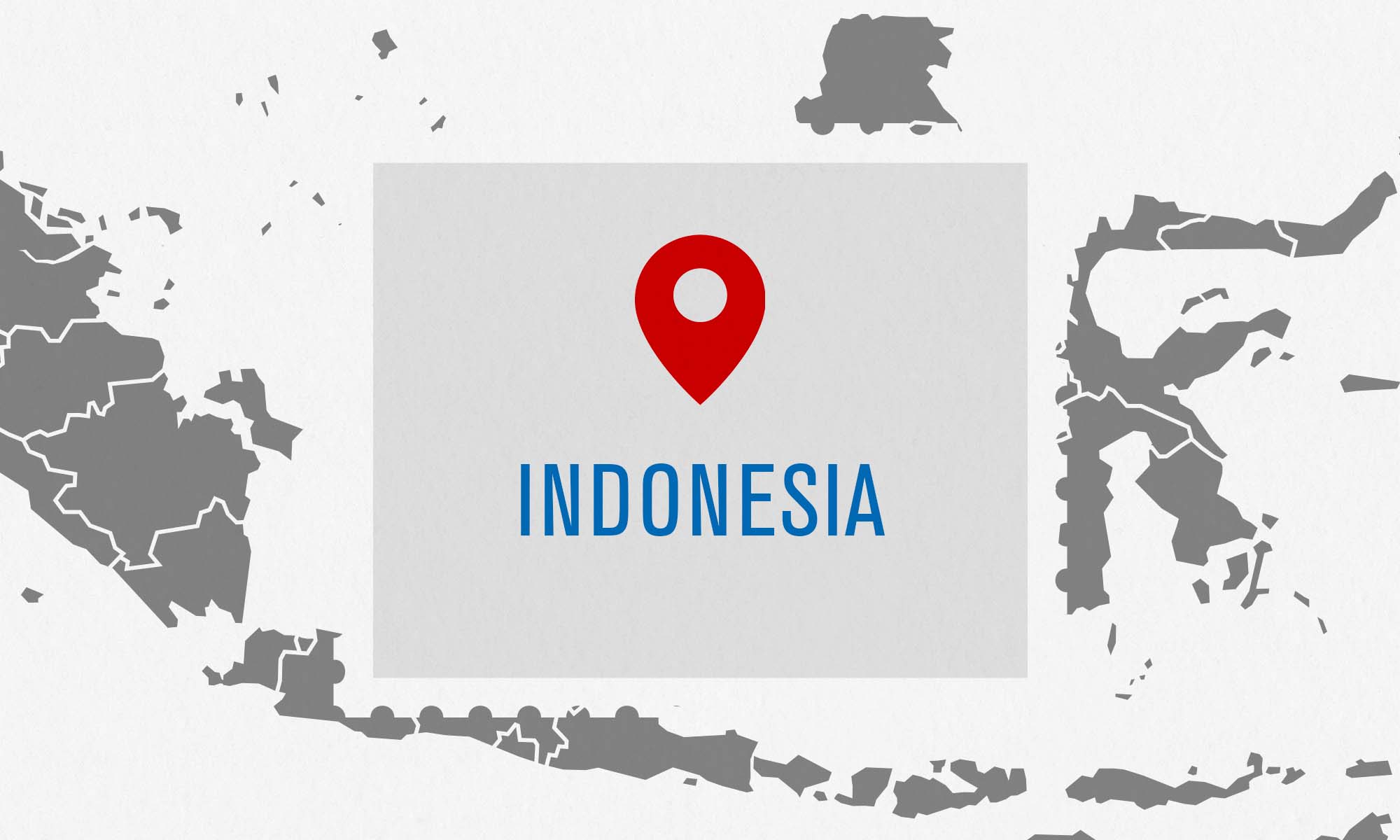
The beauty industry is many things, but balanced isn't one of them. Even though access and connection to other cultures are at an all-time high (thanks in no small part to social media), the West often reverts to a predominantly Eurocentric point of view. One way that manifests is in the seemingly innocuous term "beauty and wellness." The first word, ”beauty,” has a purely aesthetic, surface-level connotation. The second word, “wellness,” encompasses the internal and conceptual—things like sleep, digestion, movement, and more. Sure, the conjunction “and” proves they’re related, but they’re still separated in the West's collective consciousness.
That’s not so much the case in other cultures. Take traditional Chinese medicine (China) or Ayurveda (India), for instance. Both see beauty and wellness as inextricably related. The same goes for Indonesia. For centuries, the Indonesian approach to beauty has been intimately tied to matters of health and wellness. There’s no better example of that than Jamu, an ancient Indonesian herbal tradition used to improve everything from colds to fatigue, digestive issues, sexual wellness, and skin.
To learn more about Jamu and the Indonesian approach to beauty and wellness, I reached out to Metta Murdaya, the founder of Juara, a skincare-and-wellness line inspired by the Indonesian Jamu tradition. Ahead, she shares invaluable insight into Indonesian culture, speaking on traditional ingredients, the power of taking a holistic approach to beauty, and more. If you can’t immerse yourself by hopping a flight to Jakarta or booking that getaway in Bali, this is the next best thing.
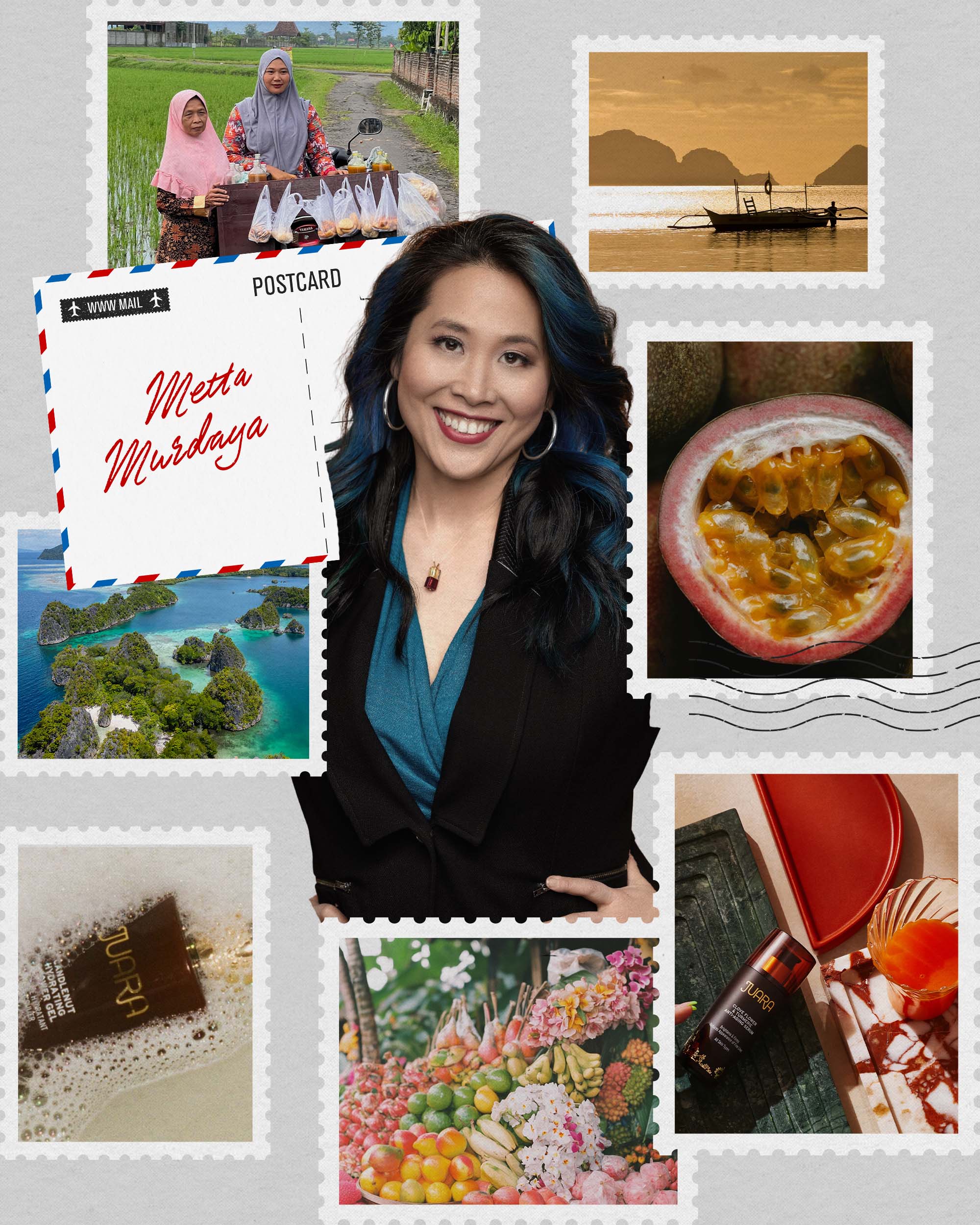
How would you describe the Indonesian beauty philosophy?
We have a health-and-wellness tradition that goes back to the dawn of time. Beauty is really just an extension of health and wellness. The skin and the way you look are considered a part of your whole body, your whole self. It’s connected to your mood and the way you feel. It’s a natural extension—just like the health of your stomach, for example. Ironically, we’ve been on the microbiome since before the term was created. All of these things naturally extend to the surface—skin and hair.
That’s why we use similar ingredients. We’ll use these roots like turmeric and ginger to ingest, but at the same time, they’re really good for skin. We even use them in jet-lag remedies. Or, there’s the betel leaf. It has benefits that are good for you both internally and externally. There’s betel leaf that you drink for medicinal purposes, but it’s also a great refresher of odors. So it's also in toothpaste and vaginal washes. It’s so funny. In traditional beauty stores in Indonesia, it's by ingredient, so you'll get toothpaste and vaginal wash in the same section, and it makes sense.
The Indonesian beauty philosophy is an extension of how you look and how you feel. The U.S. and the West have deconstructed it to think that beauty is a function of keeping hydrated skin and reducing wrinkles. Why are you stopping it there? Beauty is also how you feel on the inside.
The word pretty in Indonesian, cantik, also means the kind of pretty that’s sweet or the person looks like they have a nice energy coming from them. That’s embedded in the word. Here, we have pretty and beautiful. Then, there’s ganteng. A man who's ganteng, it means he's good-looking, but ganteng usually means he's also healthy. You could say someone is handsome, but handsome doesn't imply that he's healthy.
The U.S. and the West have deconstructed it to think that beauty is a function of keeping hydrated skin and reducing wrinkles. Why are you stopping it there? Beauty is also how you feel on the inside
As a brand founder, do you ever look at U.S. brands that have maybe only focused on the "beauty aspect" before, who are now pulling in that self-care element? They're saying, "We want you to feel good too." Are you ever like, "Hey, we've been doing that since forever!"?
Beauty is very much about feeling good. It's just in different ways. Historically, luxury, beauty never went on discount. Beauty was not just about this technical thing. If you go back, what did women do? If your family was going through a hard time, and they couldn’t afford the vacation, they would get that beautiful red lipstick. That lipstick isn’t that expensive, but it makes you feel like a million bucks. That’s the luxury. That’s the ritual.
It is in the West. If you encompass beauty as color cosmetics and even just skin cream, you do have these stories. It’s just we’ve somehow lost it, and now we’re trying to cobble it back together with words like "neurocosmetics." Thank you for saying that fragrance and cosmetics trigger something in the brain to make you feel good, but why do you have to call it neurocosmetics? It's cosmetics. That's what it's supposed to do. It somehow got broken apart, and now we're going back to it.
Everybody wants the fast fix. I feel like often, especially in the U.S., we tend to disconnect beauty from wellness to make it somehow faster.
The whole thing with Indonesian beauty is that we start there. It starts from feeling good and then looking good. I’ll give you an example. We have this thing called the cream bath. Basically it's a deep-conditioning treatment for hair. You go to the salon; you choose what you want. If you have dry hair, it’s avocado oil. If you have dull hair, it’s candlenut. If you have fine hair, they’ll use an egg. They put an entire bowl of creamy conditioner in your head and massage your head and shoulders for 45 minutes. So, you're going to a salon, and you're getting a full-on head, shoulder, and arm massage. That's totally normal, and it doesn't even cost that much. It’s all integrated. Plus, guess what. A head massage is good circulation for your scalp, so it actually has physiological reasons that are healthy for your hair.
Speaking of how Indonesian beauty has always been intertwined with health, I want to talk about Jamu. I would love to know more about its background, what sort of ingredients traditionally go into it, and its role in Indonesian culture and history.
Jamu is Indonesia's native plant medicine, or we call it an herbal medicine tradition. It's usually made out of a concoction or blend of roots, herbs, plants, and flowers that you usually crush and then boil with water and drink like a tonic. It's like a super juice, but it's made with turmeric, ginger, and a bunch of other things. It’s usually made by village healers who have recipes that are passed down, oftentimes by the women. It's not as much of a documented thing the same way TCM and Ayurveda are, but it's a verbally spoken thing. There are variations among the islands based on plants and horticulture. It treats ailments. There's the ingested version, but there's also the topical version because we believe in using the whole plant. It could be poultices for scratches if you have injuries or bruises. It could also be for acne, all those things.
There’s one called kunyit asam, which is turmeric and tamarind. Turmeric is good for antioxidants and good for your liver. Tamarind is really good for digestion, also exceptionally good for women on their periods. It helps you detox faster. The other one is called beras kencur, which is made from spicy ginger and rice, and that one gives you energy and restores the appetite.
There’s one thing that makes Jamu particularly unique. It's not just the concoctions; it's the intention setting. It's actually really important that when you're drinking a Jamu, you create an intention, whether it's for yourself or for other people. That's why drinking Jamu that has turmeric and ginger in it is not the same as getting the Trader Joe's [wellness] shot. Yes, the core ingredients are the same, but again, it's missing the cultural context and the societal sort of tribal culture of keeping people together.
I want to talk about your brand, Juara, which is inspired by Jamu. What led you to start Juara?
I graduated from NYU Business School and got a job. I was basically on a Fortune 100 company fast-track program that I did not like. Long story short, I had this giant car accident on the way home. I think the universe will stop you to tell you to listen to yourself. I had to take some time off, and then I looked in the mirror at one point, and I was like, "You don't look so good." I was like, "I need to take care of myself because this is nuts." I started thinking about Jamu, but I wasn’t going to sit there and juice turmeric in my Lower East Side apartment. So I looked into the topical application of Jamu. Ultimately, I wanted to do something with this feel-good tradition but topically.
When we create our products, even down to the design, it's got to be cool and interesting but also have a sense of calm to it. Calm, not bland—those things are very, very different. So that's the inspiration. I wanted to take the Jamu tradition and bring it in a way that makes sense for people here who are short on time, want results, want to look good, but also want to feel good. We lean into the ritual of skincare, the ritual of beauty. It excites me because we're going back to the total wellness of a person. You have to look to yesterday to see what's coming ahead.
You have to look to yesterday to see what's coming ahead.
I love that. I think there really is something to be said about making your beauty routine into a ritual. If you're applying body oil and you're rushed, it's a completely different experience than if you’re taking your time and appreciating it as a moment to yourself. Speaking of the brand, can you talk about some of the traditional Indonesian ingredients that you've incorporated into it?
One is candlenut. That’s one of the original ingredients. It's also known as kukui nut. First and foremost, it's a super-nice oil. It's very velvety, and it's a dry oil, so it's not greasy. On the scale of avocado oil being on the heavier side, and jojoba being kind of exactly like your skin, candlenut feels a little bit lighter. It’s hydrating with skin-breathing properties. The candlenut itself is like a staple in our foods, at least in Java, where I am. The candlenuts themselves are soft. They're like macadamia nuts. So they're used in traditional body scrubs. Candlenut oils are also used in that cream bath that I mentioned—the deep-conditioning treatments.
Rice is a really versatile and has a lot of different benefits for different reasons. We eat rice, we grow rice. It's a rice country. We use rice starch in our cleansers because it’s known as a humectant and holds moisture. In Indonesia, we’ll take rice water and rinse our faces with it. It’s really soothing for the skin. We’ll even take rice starch, turn it into little balls, and dry it for face masks. In our essence, we have rice bran extract, which has a redness-reducing effect. You have breakouts, sunburn, anything that's irritated; the rice bran extract calms your skin down. And of course, we have rice bran oil, which is in our moisturizer because it's high in vitamin E.
I could say tea. I could also say turmeric. The main thing is we have a cornucopia of traditional ingredients.
What's one thing that you want your customers to take from the brand?
The meaning of the name of the brand, Juara, means winner or champion. It was always about championing your natural beauty. So if anything, it's owning that sense of feeling beautiful, being beautiful, looking beautiful. We use ingredients that make your skin look good. We have design and textures that make you feel good. It's never been about the product. It's always been about the person.
What’s one thing you think people from other cultures could take from the Indonesian approach to beauty?
I'd say have it be a joyful process. It's really the pursuit of wellness, but with a mindset of joy. There's no point in being miserable. Like, in the U.S., it's the restrictive diet that is the honorable one. It’s like, "I'm on low-carb, no-sugar… I exercise this many times a week." It's very puritan. Women are feeling guilty. It’s like they come last, and, come on, no!
Even if you have three seconds, this is why positive affirmations are good. It takes a second. "I'm awesome." That took a second. Take that extra breath while you wash your face. It's just, it doesn't take much to make a routine, which is a mindless set of chores that you have to do, into a ritual. It’s all about the mindset behind it. So if that's unique to Indonesia, I mean, no one goes to Bali and goes like, "That was miserable, but it was so good for me!"
Shop Murdaya's Beauty Edit
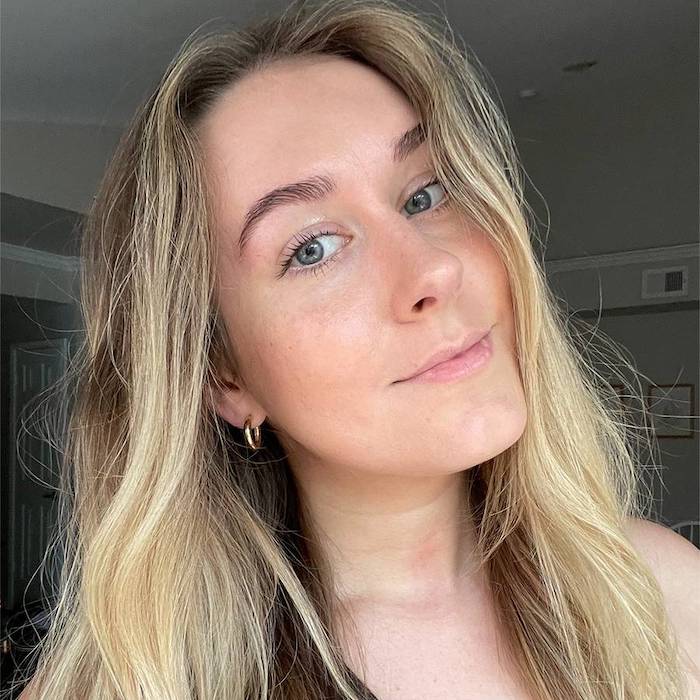
Kaitlyn McLintock is a Beauty Editor at Who What Wear. She has 10 years of experience in the editorial industry, having previously written for other industry-leading publications, like Byrdie, InStyle, The Zoe Report, Bustle, and others. She covers all things beauty and wellness-related, but she has a special passion for creating skincare content (whether that's writing about an innovative in-office treatment, researching the benefits of a certain ingredient, or testing the latest and greatest at-home skin device). Having lived in Los Angeles, California, and Austin, Texas, she has since relocated back to her home state, Michigan. When she's not writing, researching, or testing beauty products, she's working through an ever-growing book collection or swimming in the Great Lakes.
-
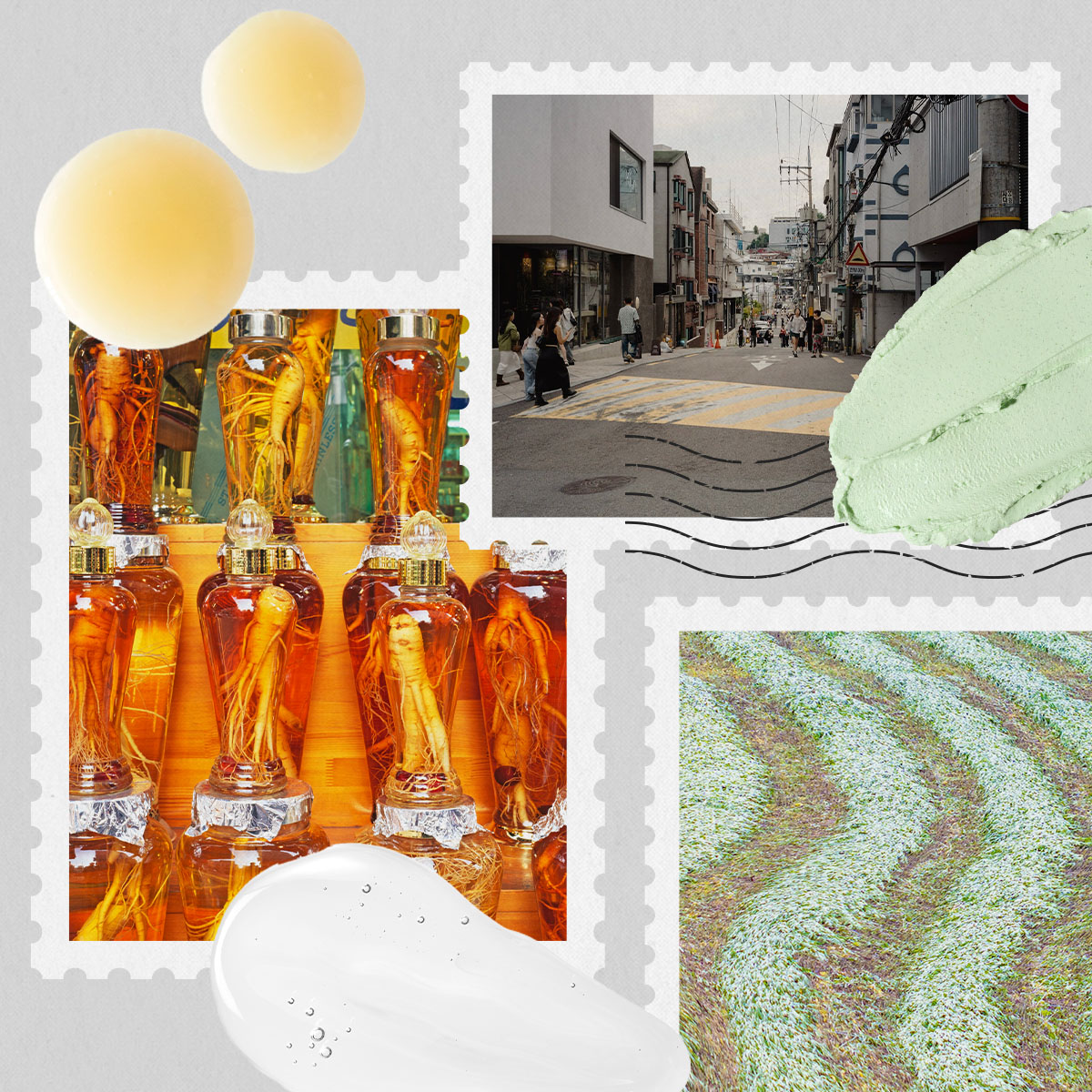 From Ginseng to PDRN: 5 Korean Skincare Ingredients Powering the Internet's Favorite, High-Efficiency Products
From Ginseng to PDRN: 5 Korean Skincare Ingredients Powering the Internet's Favorite, High-Efficiency ProductsThey set the standard for great skin.
-
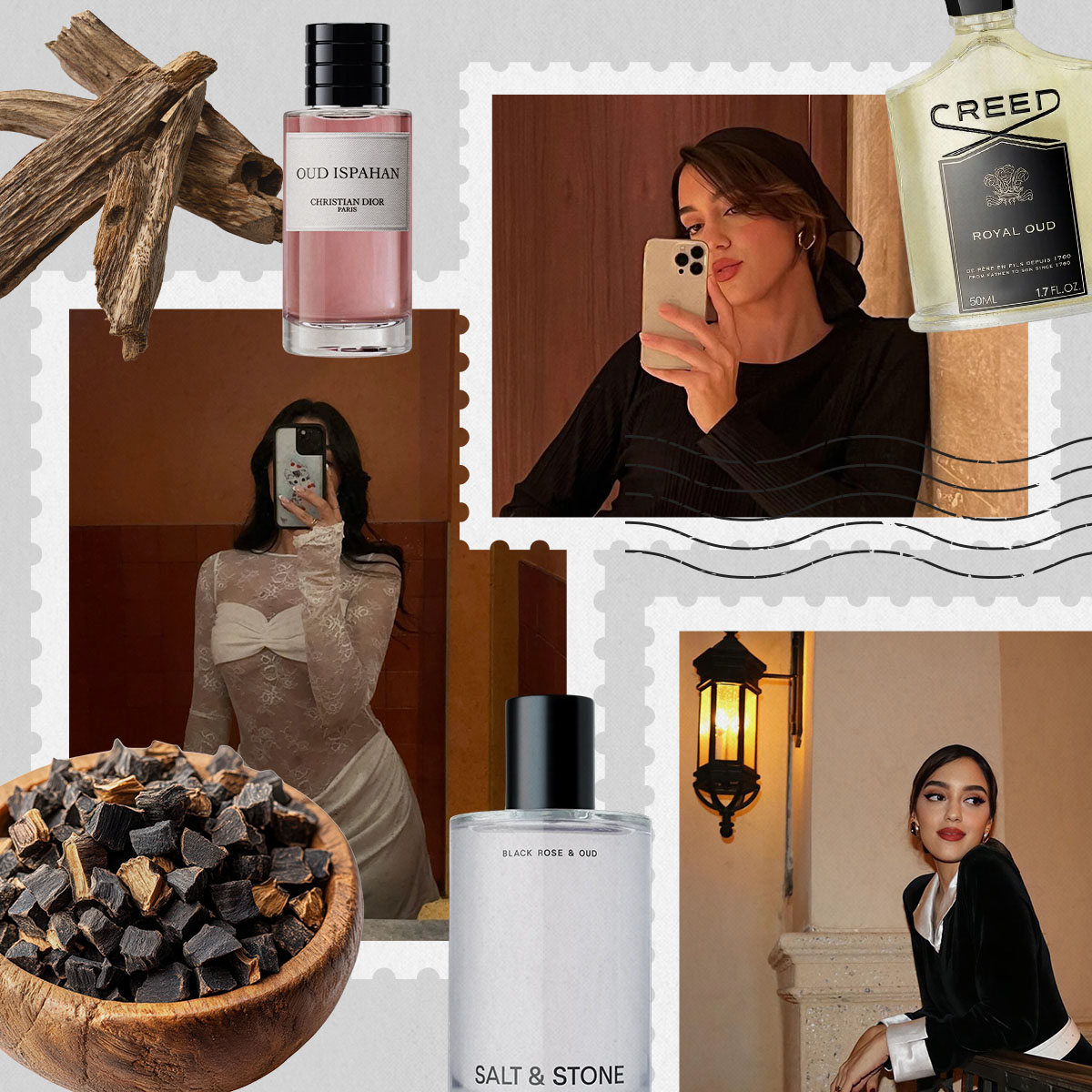 Perfumers Call This Rich and Sultry Fragrance "Liquid Gold"—a Fascinating Look at Its History
Perfumers Call This Rich and Sultry Fragrance "Liquid Gold"—a Fascinating Look at Its History"Rich, bold, and unforgettable."
-
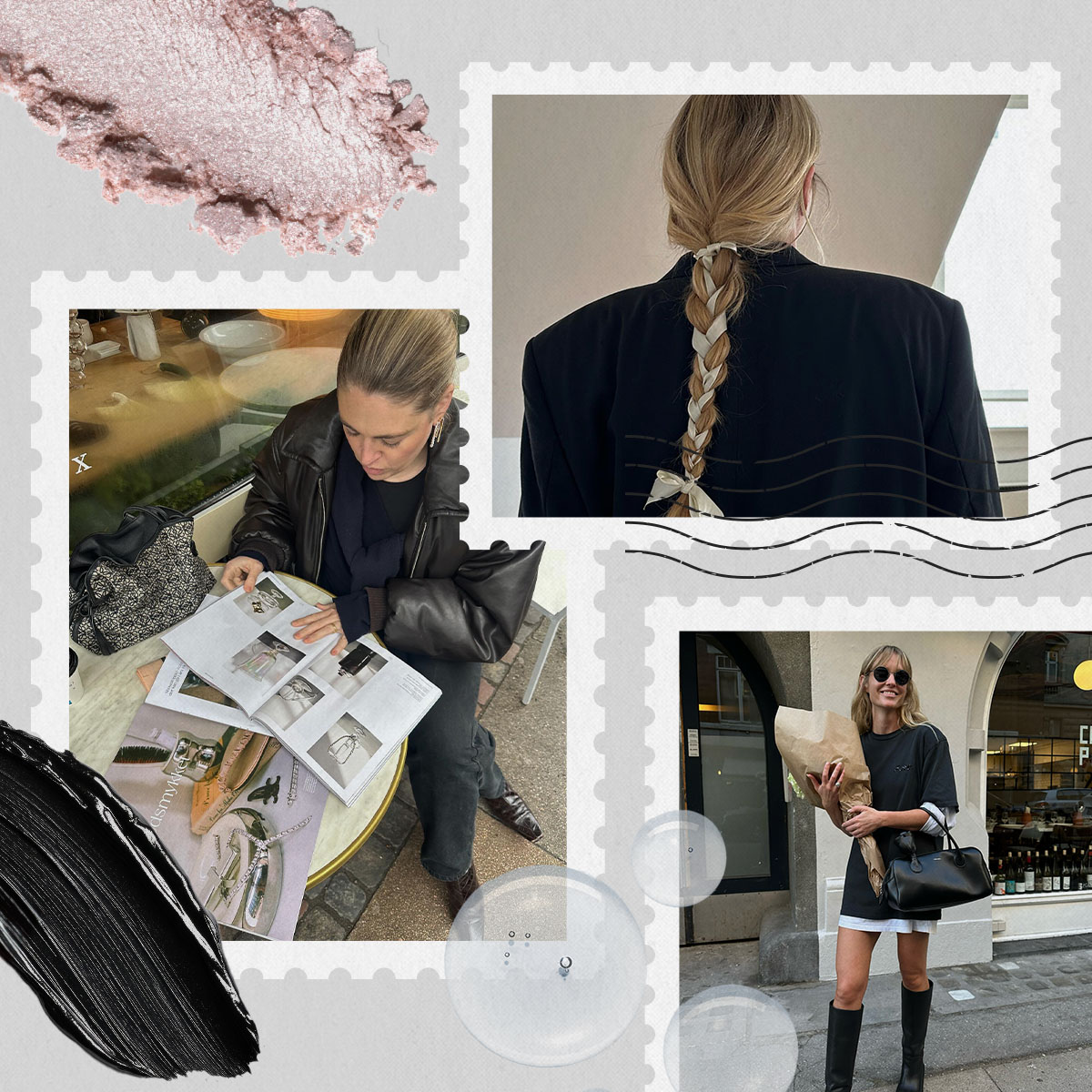 Copenhagen Is the Ultimate Less-Is-More Beauty Destination—2 Fashion It Girls Share Their Insider Recs
Copenhagen Is the Ultimate Less-Is-More Beauty Destination—2 Fashion It Girls Share Their Insider RecsSimple, chic, and effective.
-
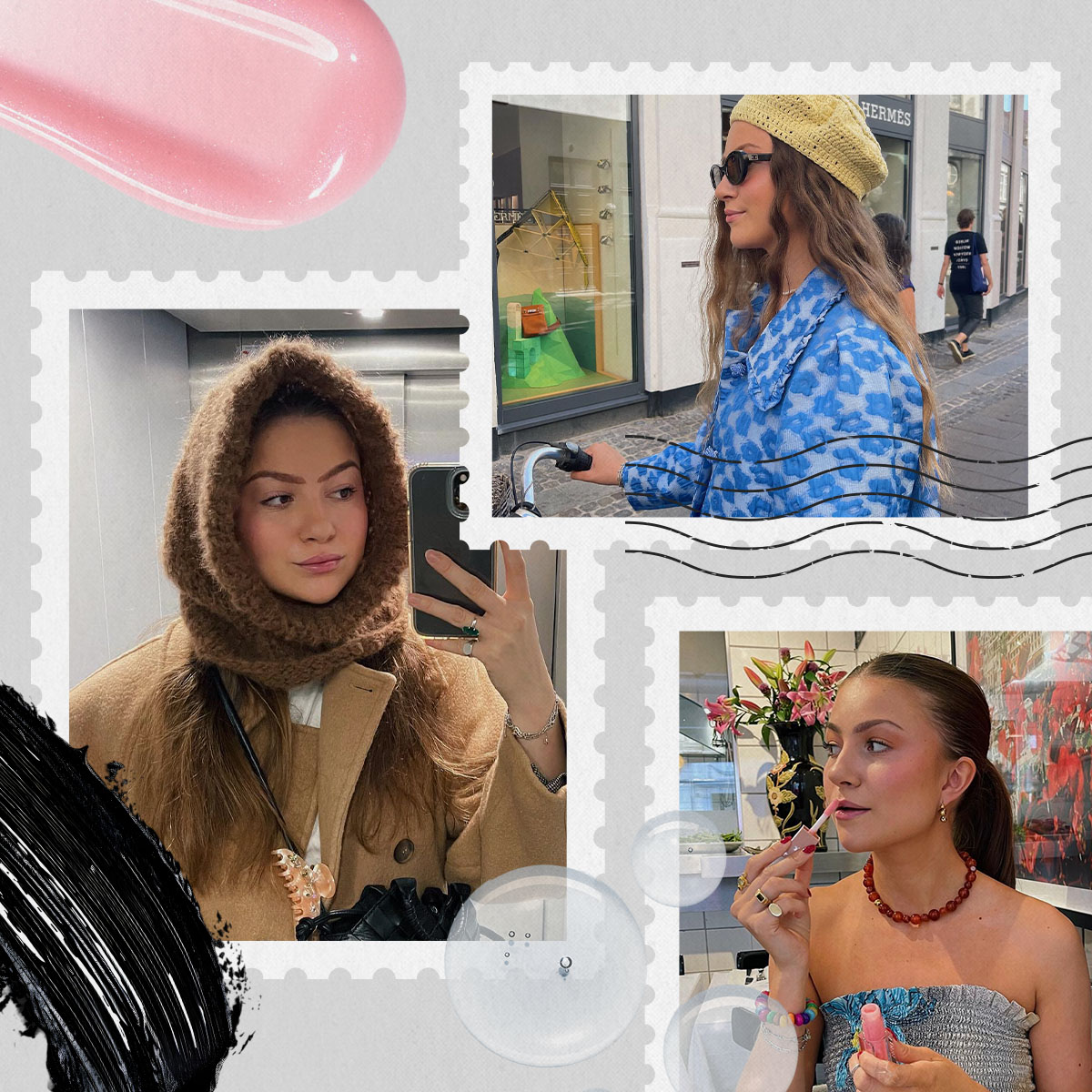 Oslo Is a Cool-Girl Capital and Scandinavian Beauty Hub—Let This Local Show You Around
Oslo Is a Cool-Girl Capital and Scandinavian Beauty Hub—Let This Local Show You AroundA download on Norwegian beauty.
